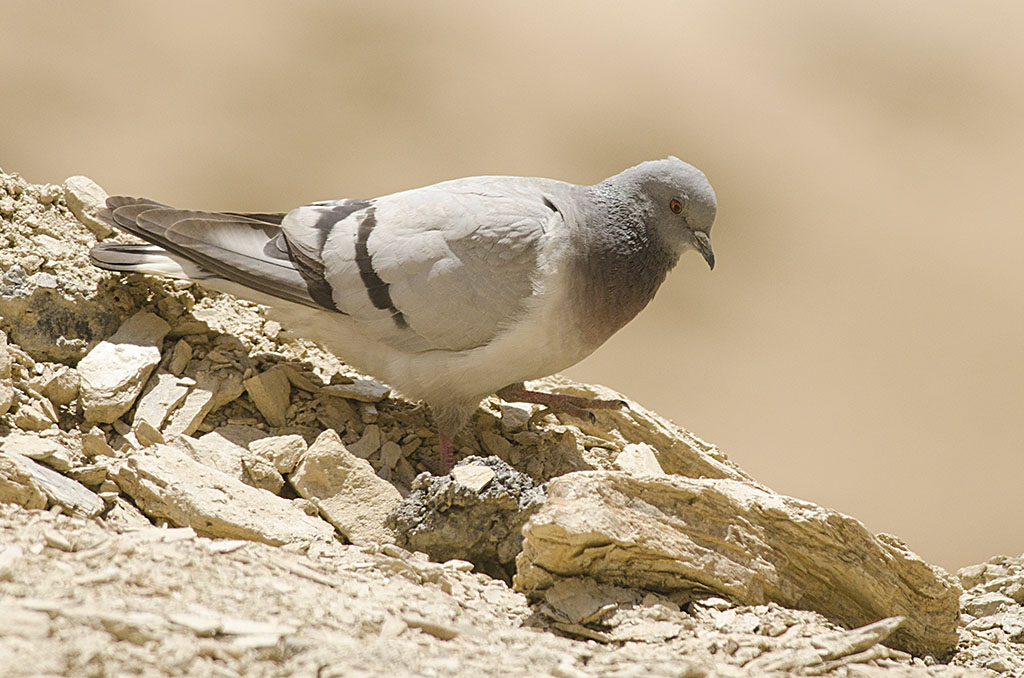
Hill Pigeon
Columba rupestris
Order:
Family:
Size:
31-35 cm
Weight:
200-380 g
Taxonomy:
C. r. turkestanica (Buturlin, 1908)
Short Description:
Medium sized, similar in appearance to Rock Pigeon. But paler grey, with white back and with white band across tail contrasting with blackish terminal band. Juvenile is browner and lacks iridescence on neck; feathers of neck and breast are fringed with rusty-buff. Hill Pigeons are slightly larger than the Rock Pigeon, with a robust build and a length of about 35–40 cm (14–16 inches).
Far far away, behind the word mountains, far from the countries Vokalia and Consonantia, there live the blind texts. Separated they live in Bookmarksgrove right at the coast
In Pakistan, Hill Pigeons are distributed across the northern regions, including Gilgit-Baltistan, Khyber Pakhtunkhwa, and parts of Azad Jammu and Kashmir. They inhabit rocky cliffs, alpine meadows, and scrubland at elevations ranging from 1,000 to 4,000 meters above sea level.
Hill Pigeons are adapted to rugged mountain terrain and are skilled fliers, capable of navigating steep slopes and rocky landscapes with ease. They are typically seen in small flocks or pairs, foraging for seeds, grains, and vegetation on rocky outcrops and cliff faces. Hill Pigeons are shy and wary birds, often taking flight at the slightest disturbance, making them challenging to approach. During the breeding season, which typically occurs in spring and summer, Hill Pigeons build nests on rocky ledges or crevices, where they lay one or two eggs. Both parents participate in incubating the eggs and caring for the chicks.
Far far away, behind the word mountains, far from the countries Vokalia and Consonantia, there live the blind texts. Separated they live in Bookmarksgrove right at the coast
About Photographer : Hello World
Facebook
Twitter
Instagram
Flicker
LinkedIn


